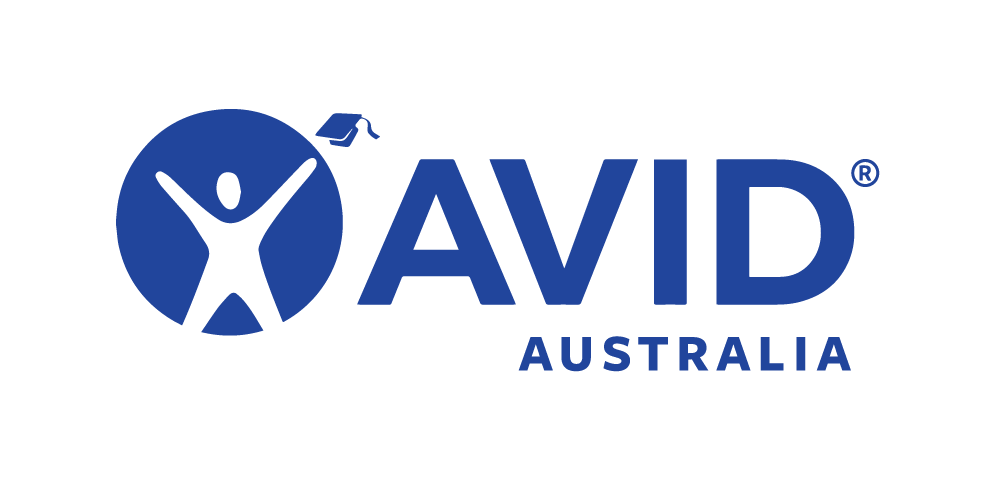Materials are the basic ingredients of technology. Materials are used to make machines and these machines use materials to make products. Materials also supply the energy to enable technology to function. Throughout history, the evolution of technology has been largely determined by the availability of materials. The strong historical links between materials, design and technology remain significant in society today. As long as the desire to create new opportunities and to continue to improve our quality of life remains, the development of materials will continue.
The Materials Design and Technology General course is a practical course. The course allows teachers the choice to explore and use three materials learning contexts: metal, textiles and wood with the design and manufacture of products as the major focus. This course will focus on wood and use the Wood Technology workshop and facilities. There is also the flexibility to incorporate additional materials from outside the designated contexts. This will enhance and complement the knowledge and skills developed within the course as many modern-day products are manufactured using a range of different material types. Students examine social and cultural values and the short-term and long-term impacts of the use and misuse of materials and associated technologies. Through this inquiry, experimentation and research, students develop their creativity and understanding of the society in which they live.
Working with materials, students develop a range of manipulation, processing, manufacturing and organisational skills. When designing with materials, they develop cognitive skills, such as solving problems, generating ideas, creative design strategies and communicating what they do. This makes them more technologically literate and, as consumers, enables them to make more informed decisions about the use and misuse of technology.
The course outcomes are relevant to a number of learning areas, including but not limited to, Technology and Enterprise, Society and Environment, The Arts, Science and Mathematics. This course also connects to the world of work, further vocational education and training and university pathways. Students may achieve vocational education and training (VET) competencies as they complete their design projects, while at the same time, developing cognitive skills fundamental to designing in a practical context. This process enhances employability and may lead to further training and employment opportunities in areas that include textiles and clothing, manufacturing, design, built environment, science and engineering.
Prerequisites:
There are no prerequisites for this course. It is beneficial however if students have had success in Wood Technology courses.
Syllabus:
The Year 11 syllabus is divided into two units, each of one semester duration, which are typically delivered as a pair. The notional time for each unit is 55 class contact hours.
Unit 1
Students interact with a variety of items that have been specifically designed to meet certain needs. Students are introduced to the fundamentals of design. They learn to communicate various aspects of the technology process by constructing what they design.
Throughout the process, students learn about the origins, classifications, properties and suitability for purpose of the materials they are using, and are introduced to a range of production equipment and techniques. They develop materials manipulation skills and production management strategies, and are given the opportunity to realise their design ideas through the production of their design project.
Unit 2
Students interact with products designed for a specific market. They use a range of techniques to gather information about existing products and apply the fundamentals of design. Students learn to conceptualise and communicate their ideas and various aspects of the design process within the context of constructing what they design.
Throughout the process, students learn about the origins, classifications, properties and suitability for end use of materials they are working with. Students are introduced to a range of technology skills and are encouraged to generate ideas and realise them through the production of their design projects. They work within a defined environment and learn to use a variety of relevant technologies safely and effectively.
Students, in consultation with teachers, select projects of interest and then design and make products suitable for a specific market.
Assessment:
Design: 25%
Production: 60%
Response: 15%
Pathways:
The Materials Design and Technology General course progresses to the Year 12 course by the same name and aims to prepare all students for a future in a technological and material world by providing the foundation for lifelong learning about how products are designed and how materials are developed and used. This course focuses on those areas of the technological world that utilise man-made and natural timbers.
More Information:
For further information regarding this course click here.












